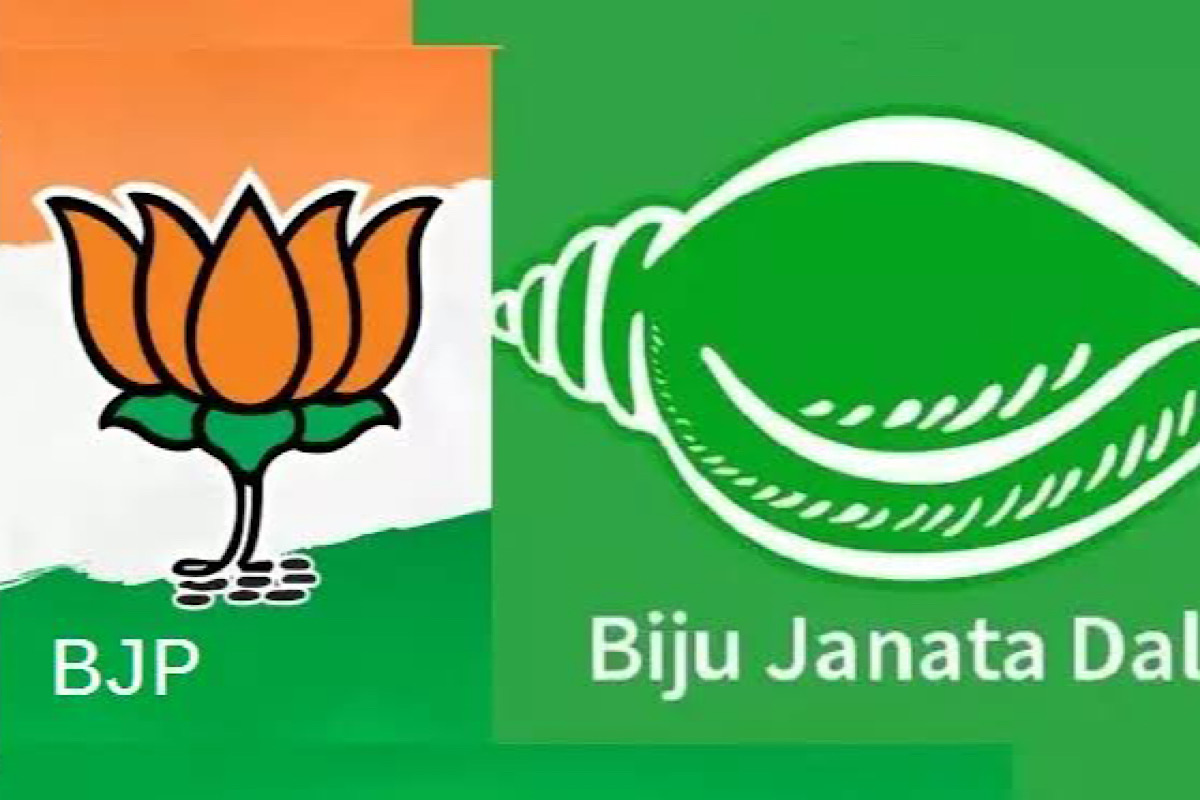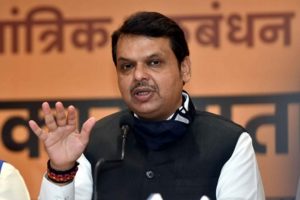The political landscape in Odisha has undergone a seismic shift, with the election result ending Naveen Patnaik’s unbroken 24-year tenure as chief minister. This electoral upheaval, which saw the BJP wrest control of both the assembly and a majority of Odisha’s Lok Sabha seats, is a remarkable turn of events in the state’s political narrative. Mr Patnaik’s political journey has been characterised by his ability to remain equidistant from the two national parties, the Congress and the BJP.
This balancing act allowed him to navigate the complexities of state and national politics effectively. His welfare schemes and a steady administrative hand earned him considerable popularity, enabling him to win election after election. However, the recent elections revealed cracks in this once unassailable fortress. One of the critical factors that contributed to Mr Patnaik’s downfall was increasing reliance on his aide, V.K. Pandian, a former bureaucrat from Tamil Nadu. Mr Pandian’s growing influence within the Biju Janata Dal (BJD) became a focal point for the BJP’s campaign. Prime Minister Narendra Modi and other BJP leaders capitalised on this by portraying Mr Patnaik as a leader who had become captive of an “outsider.”

This narrative struck a chord with voters, who began to question the extent of Mr Pandian’s control and the implications for the state’s governance. The BJP’s campaign strategy was relentless and multifaceted. Mr Modi, known for his combative style, led a vigorous campaign across Odisha, holding numerous rallies and leveraging the BJP’s organisational strength. In contrast, Mr Patnaik’s campaign was relatively subdued, and his limited public appearances did little to counter the BJP’s narrative. Mr Modi’s allusions to Mr Patnaik’s alleged health issues further compounded the problem, casting doubt on the BJD leader’s ability to lead effectively. Moreover, the BJP’s strategy involved a sharp critique of Mr Patnaik’s role, highlighting alleged inefficiencies and the need for change.
They skillfully wove a narrative that combined criticism of Mr Patnaik’s reliance on Mr Pandian with broader themes of development and governance, resonating with a populace eager for new leadership. Mr Patnaik’s failure to adequately address the succession question also played a role in his defeat. With no clear successor within the BJD, voters were left in a state of uncertainty. In retrospect, Mr Patnaik’s defeat was not just a result of external pressures but also a series of strategic missteps. His underestimation of the BJP’s organisational prowess and the growing discontent among the electorate regarding his reliance on Mr Pandian were significant factors. Additionally, his failure to communicate a compelling vision for the future or to engage more directly with the electorate allowed the BJP to dominate the narrative. But the BJP has big boots to fill, and the party has acknowledged this by choosing a chief minister and two deputy chief ministers, unusual for a state the size of Odisha. The days ahead will tell us if this arrangement provides better administration or just confusion.












